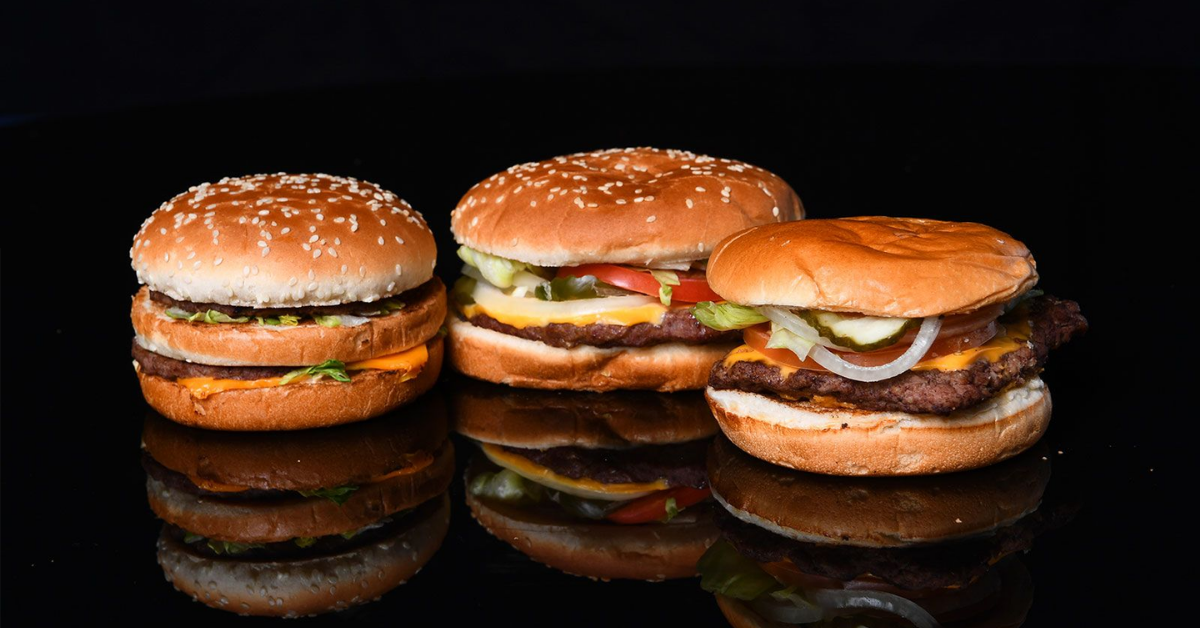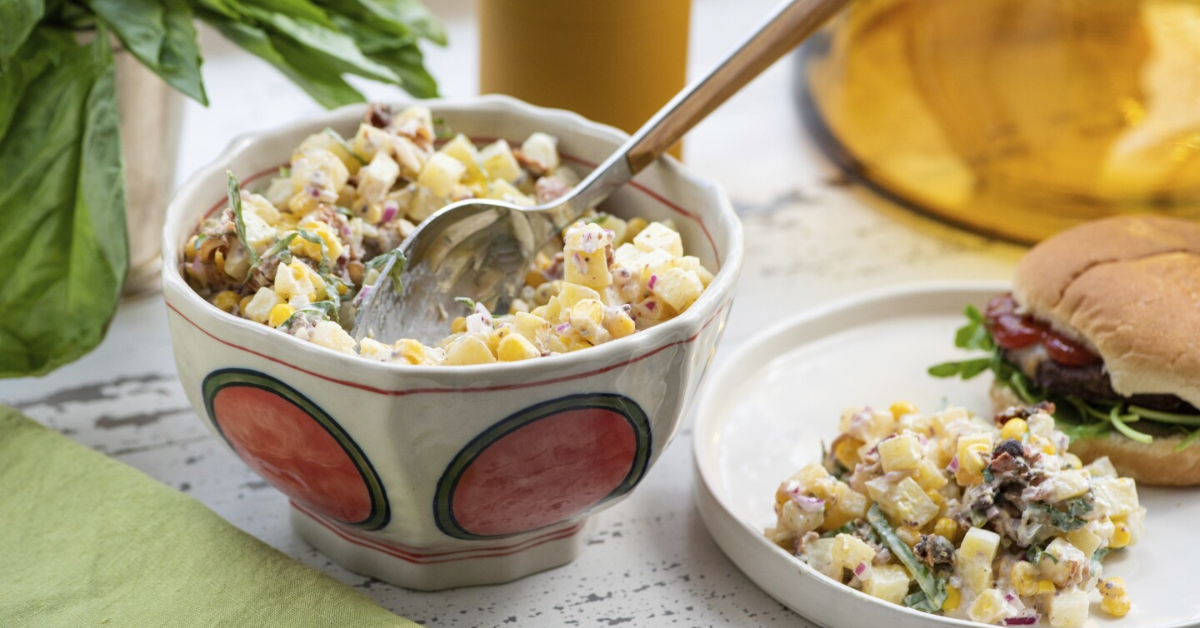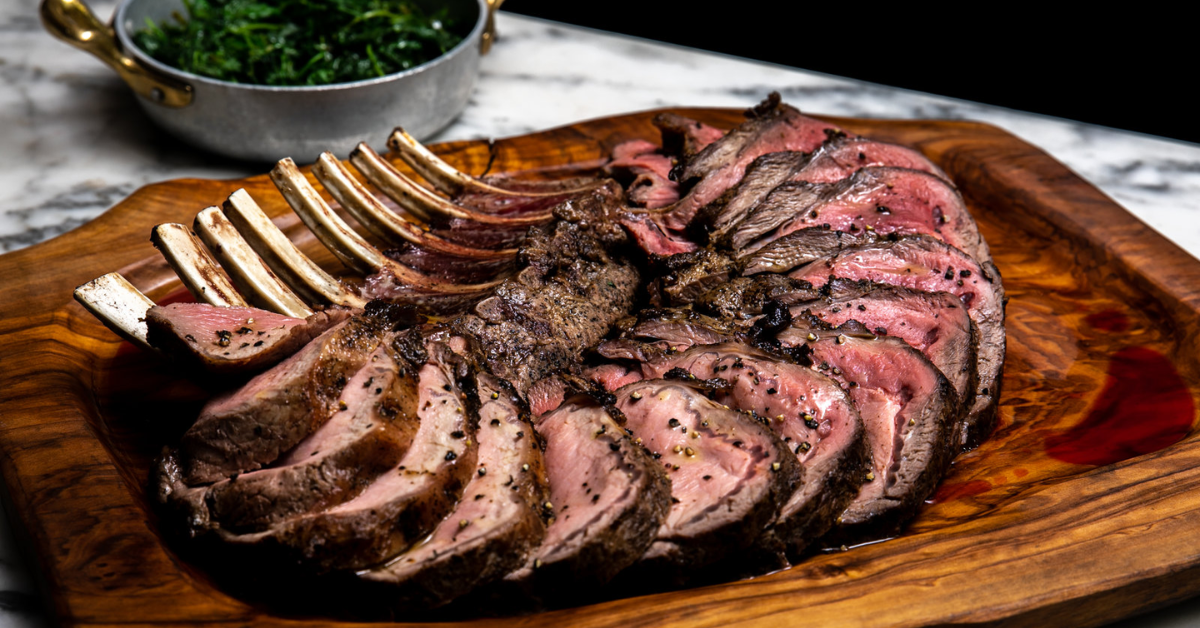From Taco Bell’s famous meat filling lawsuit to McDonald’s revealing behind-the-scenes secrets, these admissions expose the carefully crafted illusions behind your favorite meals. Here are 10 times fast-food giants acknowledged their ads were not entirely honest.
Legal Battles and Lawsuits Uncovering the Truth
Multiple lawsuits have challenged the representation of popular fast-food items, leading to public admissions and legal scrutiny.
- Taco Bell’s “Taco Meat Filling” Lawsuit: Taco Bell had to concede that its “seasoned beef” contained less than 35% actual beef, labeling it as a “taco meat filling” rather than pure ground beef. Despite winning the suit, the admission was a significant moment of transparency.
- Subway’s “Footlong” Controversy: A viral photo showing a sandwich less than 12 inches sparked a class-action lawsuit. While Subway did not admit wrongdoing, they agreed to quality controls to ensure sandwiches meet the advertised length.
- Burger King’s “Shrinking Whopper” Case: Burger King faces claims that their Whopper in ads is about 35% larger and contains more than double the meat compared to what is served, prompting debates on advertising ethics.
- KFC’s “Overflowing Bucket” Lawsuit: A lawsuit brought attention to the disparity between an ad’s overflowing bucket of chicken and the usually half-full buckets customers receive.
Behind the Scenes: The Art and Science of Food Styling
Fast-food advertisements are as much about visual appeal as they are about the food itself. Food stylists employ creative techniques that enhance the look of menu items, often diverging significantly from reality.
- McDonald’s Transparency Video: McDonald’s surprised many by releasing a behind-the-scenes video showing how food stylists use heated palette knives to melt cheese and syringes to place condiments with precision, crafting the perfect photo-ready Quarter Pounder.
- Arby’s Towering Roast Beef: Arby’s acknowledges that their iconic pile of roast beef in advertisements is a playful exaggeration, with real sandwiches being less ostentatious but still meat-filled.
- Fake Steam Effects: To create the illusion of hot, fresh food, stylists use microwaved cotton balls or chemical reactions to simulate steam — something that’s nearly impossible to capture naturally on camera.
- Undercooked “Hero” Burgers: Stylist often use nearly raw burger patties instead of cooked ones to maintain size and juiciness on camera, coloring them with shoe polish to simulate a grilled appearance.
- Cereal with Glue Instead of Milk: White glue is used in cereal ads instead of real milk to prevent sogginess under hot studio lights, maintaining the perfect look for hours.
The Fine Line Between Art and Misleading Advertising
Fast-food companies argue that their ads sell a feeling or idea rather than an exact product replica. The photos trigger hunger and cravings, ultimately acting as marketing tools. However, consumer reactions and lawsuits highlight the frustration when expectations do not align with reality.
“These food styling tricks create an illusion that feeds into customer desires but should definitely be taken with a grain of salt,” experts say.
Understanding these techniques helps consumers make informed choices and sets realistic expectations when ordering fast food. For more insights into this topic.







